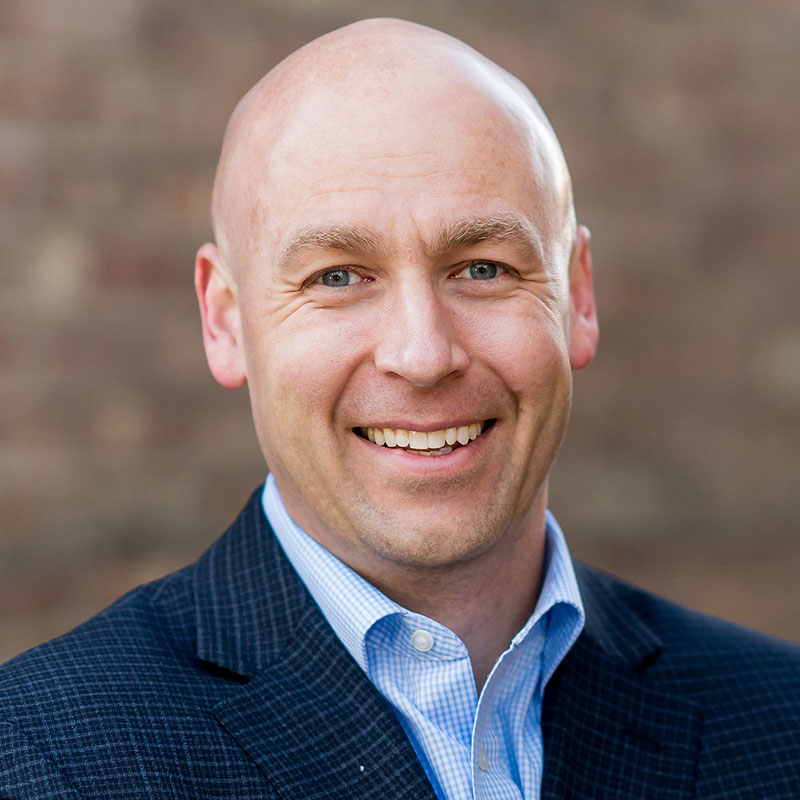Fiscal Fitness
By Mark Loehrke
Appears in the February 2024 issue.
Kick off 2024 with a financial checkup

While much of the aspirational talk every new year focuses on goals like exercise and weight loss, now’s an ideal time for some financial planning as well. To that end, we reached out to Randy Bruns, founder and senior financial planner at Model Wealth Inc. in Naperville, for a handy fiscal checklist. Here are some of his top tips in four key areas (plus a bonus).
INVESTMENT PORTFOLIO
• Ensure that your portfolio is low-cost, globally diversified, and allocated in a manner that can achieve your required investment return. The current market presents a good opportunity to trim back any less-than-ideal holdings in favor of a simpler and leaner portfolio.
• Calculate the all-in cost of your investment accounts, which includes both the internal expenses of your holdings and any advisory fees charged by the firm helping to manage them. It makes sense to subtract these costs from your assumed investment returns when running financial planning projections.
• Actively managed mutual funds often underperform their index fund counterparts, which is why it’s worth considering index funds (that is, vfunds that simply track the returns of markets) as top choices for replacement holdings. “When it comes to predicting markets, you either don’t have a clue or don’t know you don’t have a clue,” Bruns says. “Admitting you don’t have a clue is one of the critical first steps to successful long-term investing. That’s why index funds have become the popular choice among well-informed investors.”
RETIREMENT PLANNING
• Run the math to determine if you’re saving enough for retirement—start by considering how much you’d like to spend during retirement, then subtract from that number your Social Security and/or pension income.
• Generally speaking, your nest egg should be large enough that your required withdrawal is no more than 4 percent of its value at the start of retirement.
• There are a variety of free online retirement calculators to help with this, but it also might be wise to hire an hourly based certified financial planner to perform a one-time checkup.
ESTATE PLANNING
• Every adult needs an estate plan. “This is especially true for parents with young children, as it allows them to legally name who will raise their children in the event that they’re both gone,” Bruns says. “Don’t feel bad if you’re a young parent and haven’t made such arrangements but do get off your butt and contact an estate planning attorney if you have young children and know who you want to raise them.”
• If you don’t know any estate planning attorneys, ask the friends or coworkers for recommendations.
• Verify that the beneficiaries on your financial accounts are accurately titled according to your wishes; retirement accounts like IRAs and 401(k) plans automatically avoid probate by default (which is not true for nonretirement accounts), but you can add beneficiaries on non-retirement accounts via a payable-on-death (POD) feature with your taxable bank accounts and a transfer-on-death (TOD) feature for taxable investment accounts.

INSURANCE
• If you have (or plan to have) individuals who are dependent on your income, get term life insurance now—this is critical to do while you’re healthy, as a disease like cancer can affect anyone at any moment and make you uninsurable in an instant. Sites like PolicyGenius.com or HavenLife.com offer free, no-obligation quotes. “Dying without life insurance—while you have minor children or a mortgage, for example—can force your loved ones to make painful compromises,” Bruns says.
• Verify that you have long-term disability insurance, which replaces lost income due to debilitating diseases or injuries. If you work for a large employer, it’s likely such coverage is available through your employee benefits.
• Some employers provide a minimal benefit of maybe 35 percent of predisability earnings, with an option to purchase more (such as 60 percent) during open enrollment, while other employers allow employees to pay the premiums rather than their employers. Note that if your employer pays your premiums, the benefits received will be taxable; if you pay the premiums, they’ll be tax-free.

BONUS TIP: SAVINGS ACCOUNTS
Looking for an easy way to get more bang for your bucks? Check the yield on your savings account. “If you’re with a big brick-and-mortar bank, there’s a good chance it’s insultingly low,” Bruns says. At the end of October, for example, Chase Private Client savings accounts were paying just 0.02 percent on $1 million-plus balances; meanwhile, FDIC-insured online savings accounts like those offered through Ally, Discover, and Marcus by Goldman Sachs were paying 4.25 percent, 4.35 percent, and 4.40 percent, respectively. In other words, a $100,000 balance with Chase Private Client would pay just $20 per year, compared with $4,250 per year at Ally, $4,350 per year at Discover, and $4,400 per year at Marcus. These online savings accounts can be electronically linked to your primary checking account for easy back-and-forth transfers between banks.
Photos: Robb Davidson Photography (Randy Bruns). Art: iStock


